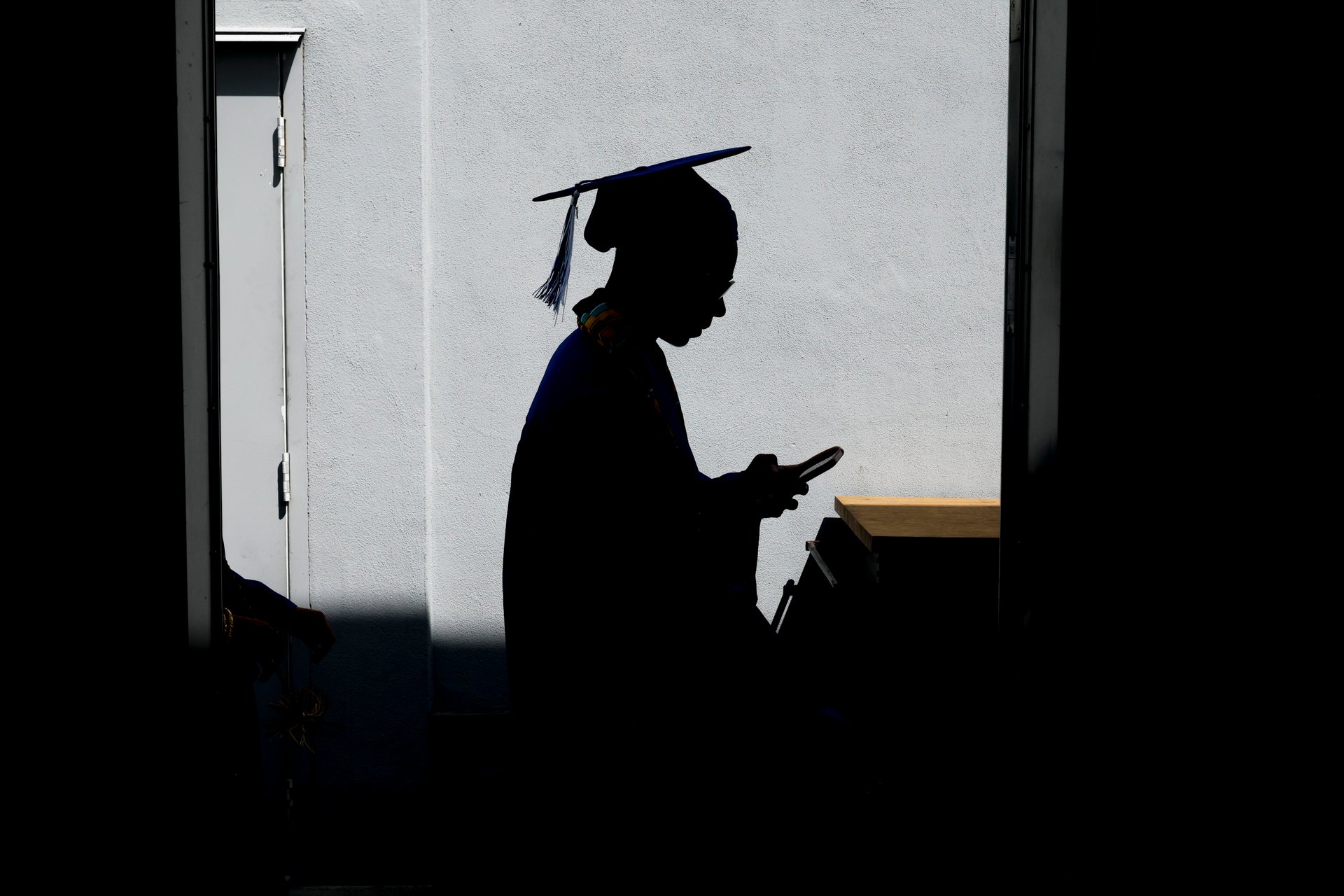Almost 2 million student loan borrowers could have wages docked this summer
The Department of Education restarted debt collection activities in May, marking the first time since before COVID that it has taken such measures

Getty Images / Carlin Stiehl
Millions of Americans could see a portion of their paychecks automatically withheld this summer, as a consequence of falling behind on federal student loan payments.
Suggested Reading
The Department of Education restarted debt collection activities in May, marking the first time since before COVID that it has taken such measures. Officials sent notices to borrowers that failure to resume payments could result in seized tax refunds and reduced federal benefits.
Related Content
Wage garnishment is next, they warned. Starting "later this summer," borrowers who default may have up to 15% of their earnings automatically deducted by the Treasury Offset Program, unless they repay or rehabilitate their loans. Social Security garnishment remains paused as of June.
Enforcement is set to affect millions of borrowers. Roughly 6 million are now over 90 days late on their loans, following the end of pandemic-era forbearance, according to new data from credit bureau TransUnion, published by The Wall Street Journal on Tuesday. Close to 2 million of those borrowers are expected to hit default status in July — a sharp rise from earlier projections of 1.2 million in May. Another 3 million people are on track to default by September.
The surge in late payments may be driven both by communication lapses with loan servicers and growing financial strain on households, Joshua Turnbull, who leads consumer lending at TransUnion, told the Journal. Federal student loans are marked as in default after nine months of nonpayment.
Officials are continuing outreach efforts to encourage repayment and warn of the risks. Altogether, federal student loan debt now tops $1.6 trillion, spread across more than 43 million borrowers.
Loan payments were suspended during the pandemic, and in 2023, the Biden administration offered a temporary 12-month buffer — called the “on-ramp” — which shielded borrowers from credit damage due to missed payments. That protection expired last fall.
Since then, many who’ve fallen behind have already begun to see the consequences. On average, delinquent borrowers have lost about 60 points from their credit scores. As of April, only about 9% of those behind on payments had caught up.
The New York Federal Reserve projects that over 9 million borrowers will see their credit scores fall in 2025, a reflection of the growing strain within the student loan system. The Reserve estimates that more than two million borrowers have already experienced score declines of at least 100 points, as of the first quarter of 2025, and more than 5 million borrowers are currently in default.
The timing is especially challenging for younger borrowers. Unemployment among college graduates ages 20 to 24 has risen to 6.6%, the highest level in a decade outside of the pandemic, as artificial intelligence puts a strain on the supply of entry-level jobs.
Combined with proposed cuts to federal student aid in President Donald Trump’s broader budget plan, the resumption of collections signals a post-pandemic mood shift in Washington, toward aggressive enforcement.
“Borrowing money and failing to pay it back isn’t a victimless offense,” Education Secretary Linda McMahon wrote in a recent Wall Street Journal op-ed defending the Trump administration’s resumption of collections. “Debt doesn’t go away; it gets transferred to others.”